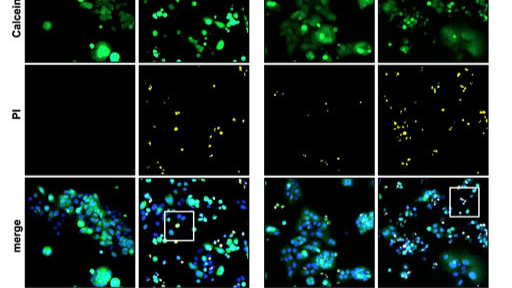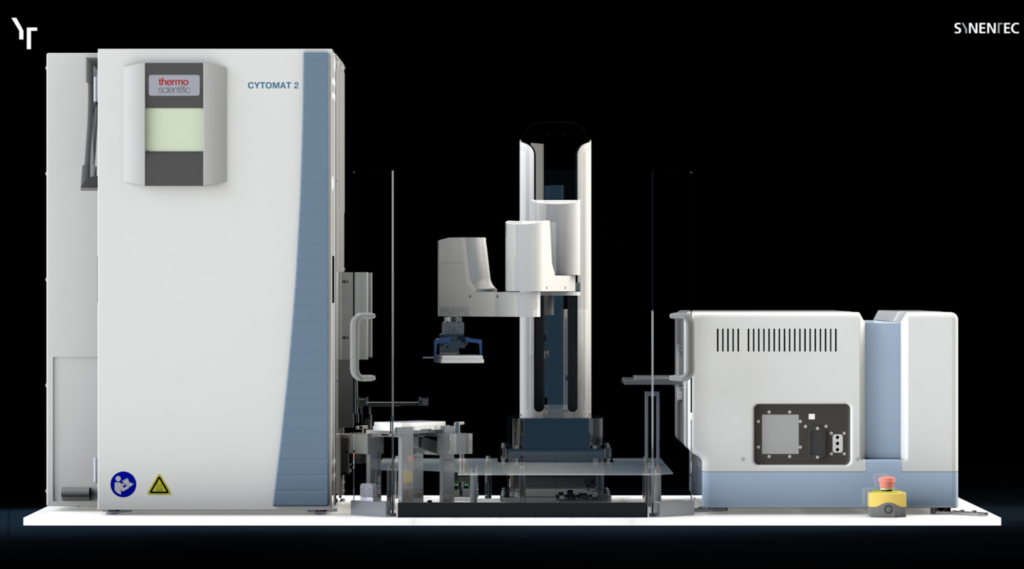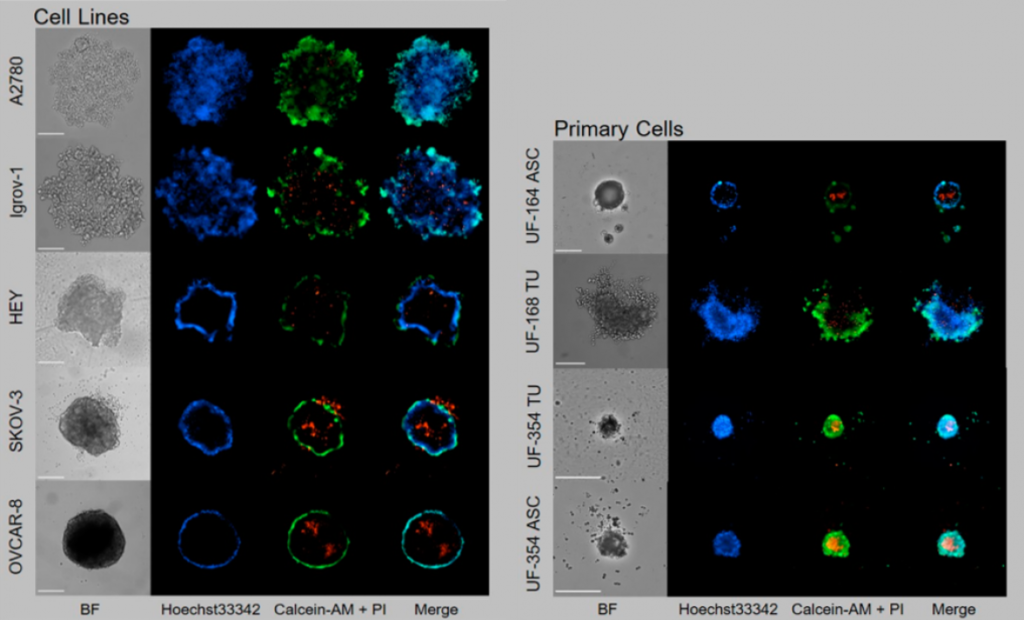
Protecting our future from new threats, SYNENTEC’s viral plaque assays to the rescue
A surge in enquiries for SYNENTEC’s Viral Plaque Assay Application is of course no surprise thanks to a particular virus (starting with C, ending in -19?). This pandemic, virology/vaccine research and even the word ‘virus’ has infected vocabularies worldwide, which in turn has significantly increased the demand for fast and efficient laboratory protocols for studying viruses, including the viral plaque assay.

Dr. Christopher Minnis, Research Fellow at MRC LMCB institute at UCL and MSc in Epidemiology says that “viral plaque assays are an essential tool in understanding a virus’ biology. The COVID-19 pandemic has seen a dramatic increase in the demand for viral plaque assays allowing for rapid research turn around. Contrary to popular belief that COVID-19 is an outlier event it is in fact part of a worrying trend that is seeing an increase in viral spillover from zoonotic sources predominantly as a result of climate change and human activity.” On this predicted basis, the surge in demand for faster methods of conducting viral plaque assays will not be diminishing anytime soon and addressing this need is critical.
Using assays is a standard method for detecting and determining the concentration of a virus, achieved by adding cytopathic viral particles in different dilutions across a multiwell plate containing confluent layers of cells that are permissive to infection. Difficulty with this assay arises as it is easy for infected cells or plaques to evade detection within the monolayer. It can also take up a significant amount of time if being performed and counted manually. SYNENTEC addressed these challenges by developing an application specifically for viral plaque assays.
Below I list the main benefits of SYNENTEC’s viral plaque assays, as experienced by our customers at BPES:
- Automated. Time is of the essence when considering which laboratory protocols to employ. Maximising throughput is at the core of SYNENTEC’s technology, so their imagers are fully automated and can be easily integrated into automation platforms.
- Fast and reliable. Rising to the challenges of the viral plaque assay, SYNENTEC developed the viral plaque operator (among others) specifically for the standardised and ultra-fast evaluation of this assay. Once the detection parameters are set, an entire plate can be imaged and quantified in less than 5 minutes.
- Sensitive optics. Rather than relying on the eye of the researcher, ultra-sensitive optics come standard in SYNENTEC’s NYONE and CELLAVISTA and can reliably detect infected cells even without staining, potentially removing an entire step from the protocol and saving even more time.
- User friendly. Intuitive imagers and software combined with local applications support make for a level of usability that our customers appreciate when trying to meet strict deadlines, or fight pandemics!
Designed to aid researchers by simplifying an essential step in their workflow, this tool could mean higher laboratory productivity, faster vaccine development and production thus ultimately aiding the protection of our population from current and future viral threats.
If this sounds like a solution you may want to try in your research, please contact me (Ellen Harrington) at eharrington@bioprocess-eng.co.uk for more information.

Article by:
Ellen Harrington
Technical Sales Specialist
E. eharrington@bioprocess-eng.co.uk







